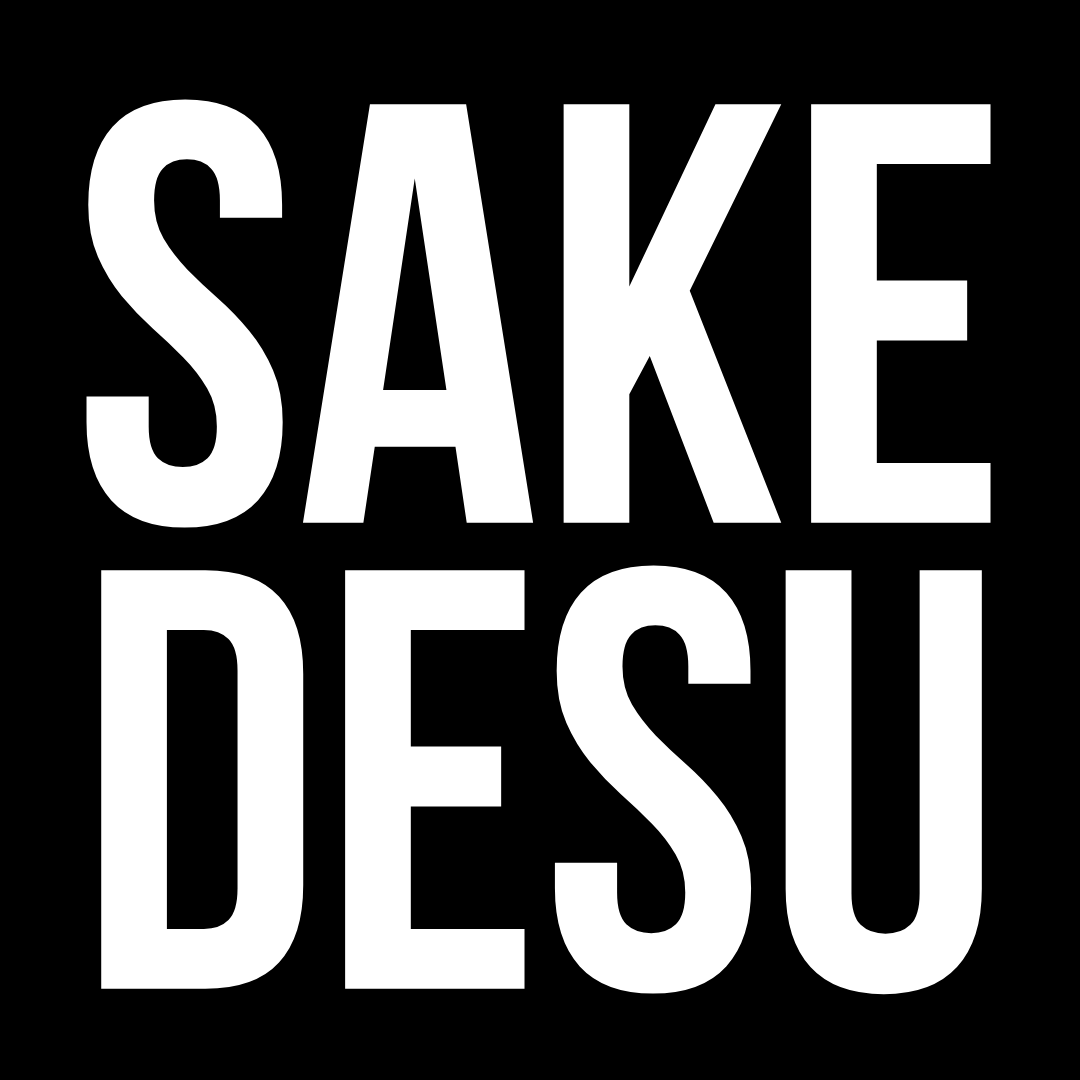Shochu vs. Sake: Differences, Health Benefits, And Tasting Notes
Shochu and sake are two traditional Japanese drinks that people often confuse. However, they have key differences in production, alcohol content, and taste. Shochu is distilled and stronger, while sake is brewed and lighter.
This article explores whether shochu is healthier than sake, how it compares to soju, and what each drink tastes like. We'll also cover the four types of sake and guide you in choosing between these iconic beverages.
Is Shochu the Same as Sake?
Shochu and sake are both famous Japanese drinks, but they differ greatly. Shochu is a distilled liquor, while sake is a brewed alcohol. The production methods, ingredients, and alcohol content separate them in Japan's alcohol culture.
Production Methods
Shochu is a distilled spirit made from sweet potatoes, barley, rice, or even brown sugar.
Sake is a brewed liquor made from fermented rice through the sake production process.
Alcohol Content & Usage
Shochu has higher alcohol content, usually between 25% and 30%.
Sake typically offers 15%-20%, making it lighter and more suitable for pairing with meals.
Is Shochu Healthier than Sake?
When comparing shochu vs sake for health benefits, many consider shochu healthier due to its lower sugar and calorie content. Both are rooted in Japanese culture, but the way they are consumed also impacts their health perception.
Nutritional Differences
Shochu’s distillation process removes sugars, resulting in fewer calories.
Sake’s brewing process, which involves fermenting rice, retains some sugar, adding to the calorie count.
Health Perception in Japan
Shochu is sometimes seen as a “diet-friendly” drink in Japan.
Sake, despite having a higher calorie content, is still consumed widely for its high quality sake and fruity and floral notes.
Is Shochu Similar to Soju?
While shochu and soju may seem similar, they differ in their production and ingredients. Both are distilled spirits, but shochu production reflects more of Japan's alcohol culture.
Origin & Production
Shochu is a Japanese distilled alcohol, made using ingredients like sweet potatoes, rice, and barley.
Soju is a Korean distilled spirit, primarily made from grains or starches.
Taste & Alcohol Levels
Shochu has a cleaner taste, with flavor depending on the ingredient used, from sweet potato to barley.
Soju has a sweeter taste and is typically lower in alcohol content, around 20%.
What Does Shochu Taste Like?
Shochu offers a range of unique flavors, depending on the ingredients used. It’s a distilled liquor made from not only rice but also sweet potato, barley, or even buckwheat. Shochu lies in its diversity, providing a distinct taste depending on the base ingredient.
Varieties & Flavors
Shochu from sweet potato offers earthy, rich flavors.
Rice-based shochu, like Japanese sake, is smooth with a mild sweetness.
How to Enjoy Shochu
Shochu can be served chilled, on the rocks, or with green tea.
Some varieties can also be served warm in a ceramic flask to enhance its flavor.
What Are the 4 Types of Sake?
Sake, like shochu, has several varieties that differ in taste and brewing process. The main four types of Japanese sake are influenced by the production processes and the rice used during rice cultivation.
Main Sake Varieties
Junmai sake has no added alcohol, offering a pure drinking experience.
Sake varieties like ginjo and daiginjo have fruity and floral notes, creating a delicate balance of flavor.
Serving & Pairing Sake
Sake offers versatility and can be served chilled or as warm sake depending on personal preference.
Pair sake with sushi, or enjoy it with grilled foods to elevate the drinking experience.
Final Thoughts
In the debate of shochu vs sake, understanding both drinks’ production methods and cultural significance is key. Shochu involves understanding the distilled liquor process, while sake is a brewed liquor that plays a significant role in Japanese alcohol culture.
The higher alcohol content in shochu often makes it enjoyed neat, while sake is versatile and can be paired with a variety of meals. Choosing between these two spirits depends on personal preference, their flavor profile, and their historical importance in Japan.
Frequently asked Shochu vs Sake questions
-
Shochu is a distilled liquor with a higher alcohol level, while sake is a brewed liquor made by fermenting rice. The difference between sake and shochu lies in their production processes and health benefits.
-
Both black and white koji are used to convert starches during the shochu production, giving it unique flavors. Yellow koji also plays a crucial role in creating Japanese sake's distinctive taste.
-
Yes, sake and shochu can be served with cold water, but sake is often enjoyed as warm sake for a different experience. These two drinks offer versatility in temperature and pairing.
-
Yes, in historical terms, shochu is a relative newcomer when compared to the centuries-old tradition of Japanese sake. However, both drinks play important roles in Japan's alcohol culture.
-
Both drinks contain amino acids beneficial for health, but shochu, due to its distillation process, may have more health benefits. The lower sugar in shochu makes it lighter compared to sake.





